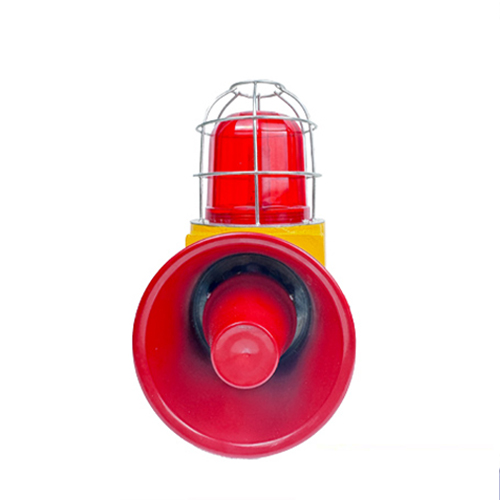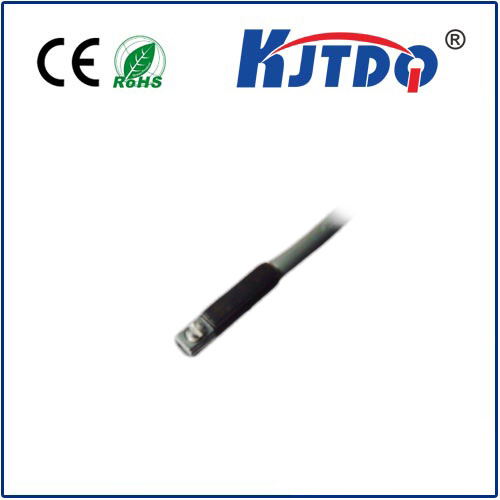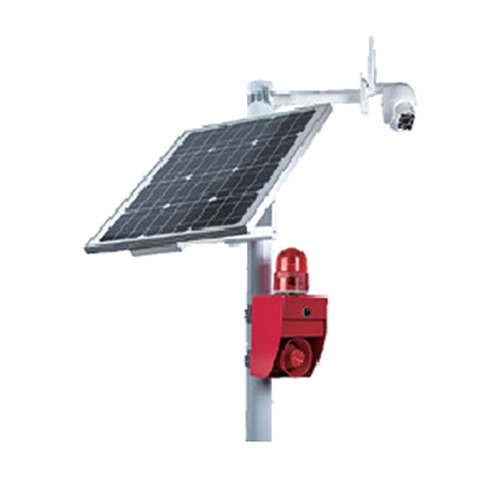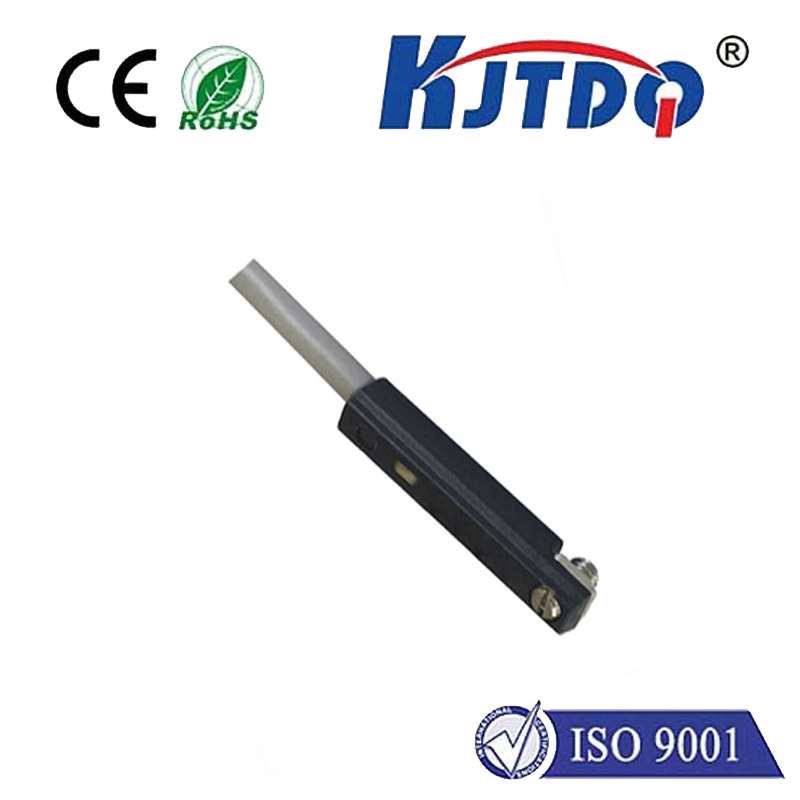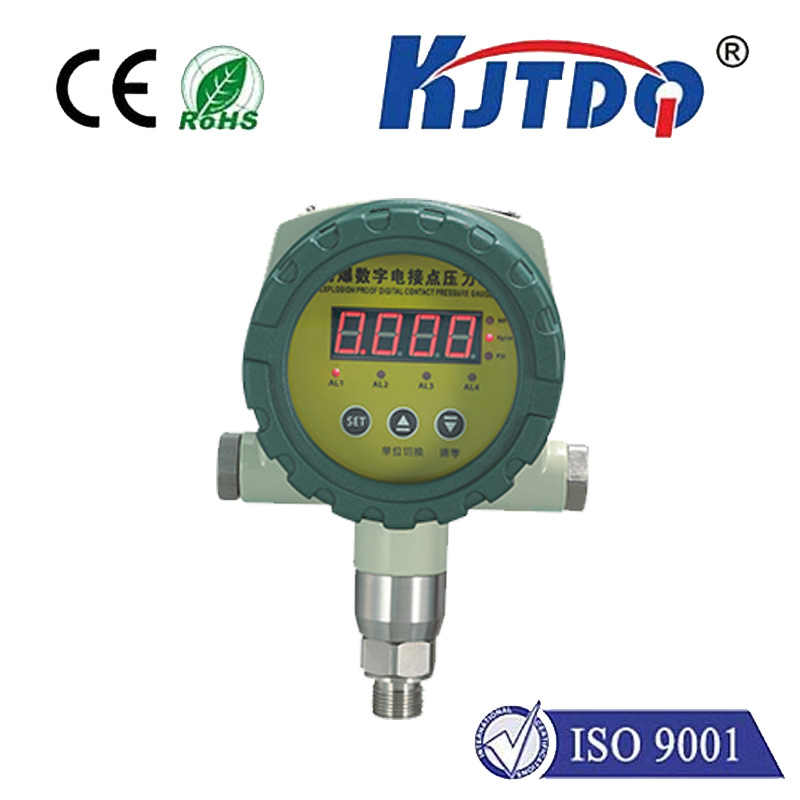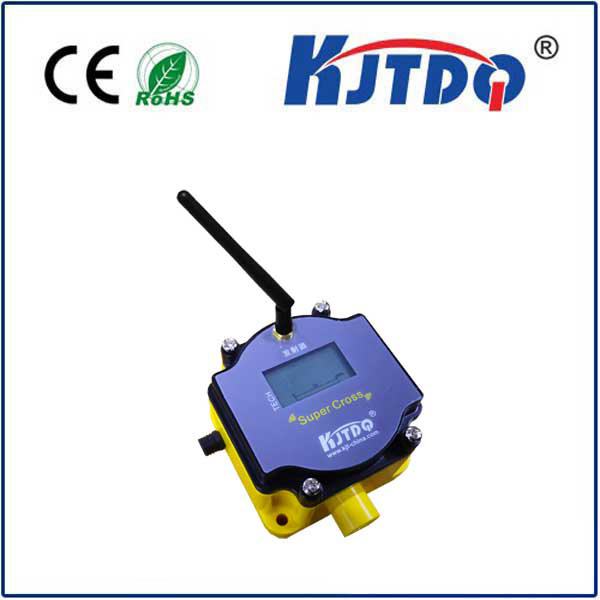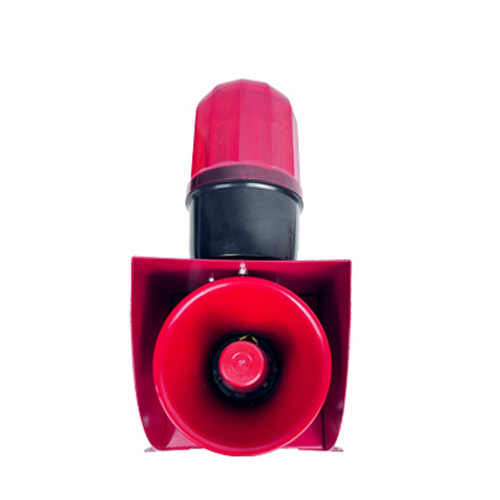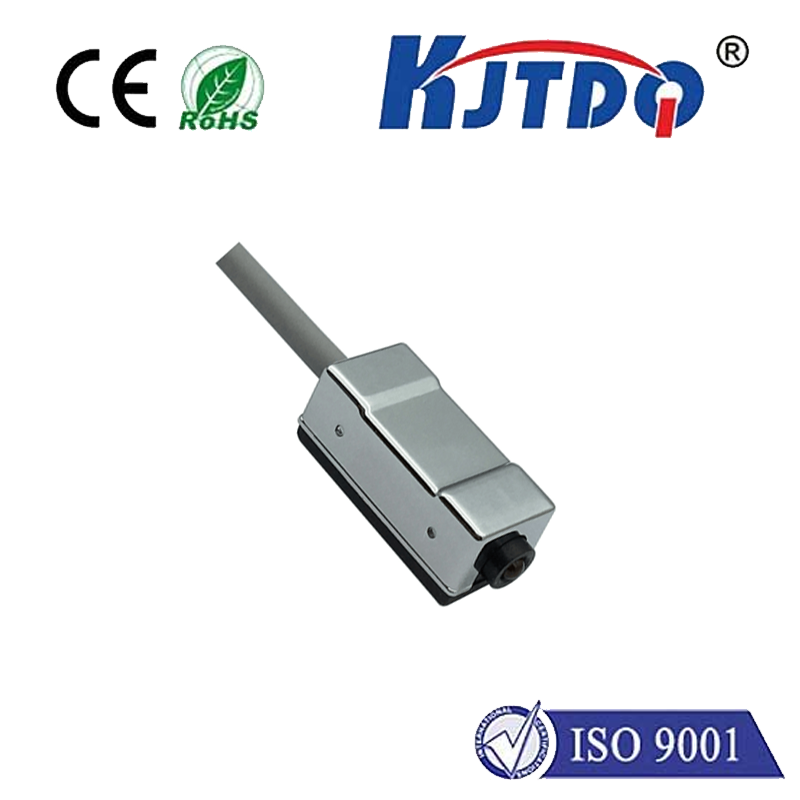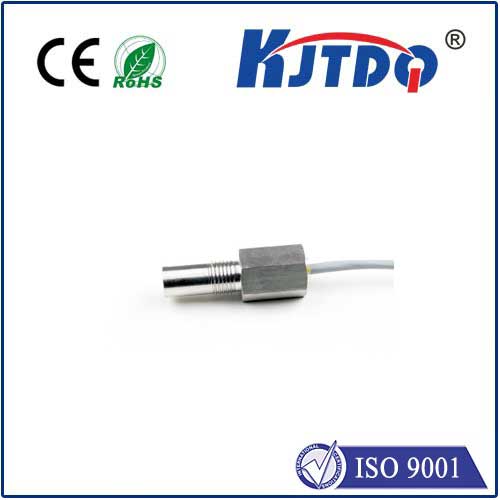hvac temperature probe
- time:2025-08-20 02:26:39
- Click:0
The Unsung Hero: How HVAC Temperature Probs Master Climate Control
Imagine your body trying to regulate its temperature without nerves sensing hot or cold. That’s precisely the chaos an HVAC system faces without a HVAC temperature probe. These seemingly simple sensors are the fundamental nervous system of heating and cooling, silently working behind the scenes to translate the environment into actionable data. Their accuracy dictates your comfort, system efficiency, and even equipment lifespan. Understanding their role is crucial for anyone managing a building’s climate, from homeowners to seasoned facility managers.
The Fundamental Role: Sensing the Invisible
At its core, an HVAC temperature probe is a transducer. It converts a physical quantity – temperature – into an electrical signal (usually resistance, voltage, or current) that the HVAC system’s controller (like a thermostat or Building Management System - BMS) can understand. This real-time temperature reading is the essential feedback that allows the system to make intelligent decisions:
- Activating Heating/Cooling: Should the furnace ignite or the compressor start running?
- Modulating Capacity: How hard should the system work? (e.g., variable speed fans, staging compressors)
- Maintaining Setpoints: Precisely holding the desired room or supply air temperature.
- Protecting Equipment: Preventing coils from freezing or dangerously high temperatures.
Without this accurate input, the system is essentially blind, leading to erratic operation, energy waste, and discomfort.
Beyond the Thermostat: Diverse Applications
While the thermostat on your wall contains a temperature sensor, HVAC temperature probes are deployed strategically throughout the system:

- Supply Air Probe: Measures the temperature of conditioned air leaving the air handler. Critical for ensuring the air is heated or cooled to the correct temperature before distribution.
- Return Air Probe: Measures the temperature of air returning to the unit from the space. This reading, compared to the supply air temperature, helps calculate the system’s heat removal/addition capacity (Delta T).
- Outdoor Air Probe: Monitors ambient outside temperature. Vital for systems with economizer cycles (using cool outside air for free cooling) and for optimizing defrost cycles in heat pumps.
- Duct Temperature Probes: Placed within ductwork to monitor temperatures at specific points, ensuring even distribution.
- Coil Temperature Probes: Mounted directly on evaporator or condenser coils to prevent freeze-ups (in cooling) or monitor heat exchanger performance. A malfunctioning evaporator probe is a common culprit for frozen coils.
- Room Averaging Probes: Used in larger zones or critical environments where a single thermostat location might not reflect the true average temperature.
Types of Temperature Probes: Precision Matters
HVAC systems primarily rely on two robust and reliable sensor technologies:
- RTDs (Resistance Temperature Detectors): Typically use a platinum wire whose resistance changes predictably and very linearly with temperature. Known for their exceptional accuracy (±0.1°C to ±0.3°C common) and long-term stability. Ideal for applications demanding high precision, like laboratories, data centers, or critical process control within the HVAC unit itself. They are generally more expensive than thermistors but offer superior performance.
- Thermistors: Semiconductors whose resistance changes significantly with temperature (high sensitivity, but non-linear). They are highly sensitive, cost-effective, and widely used. Negative Temperature Coefficient (NTC) thermistors (resistance decreases as temperature increases) are the most common type in HVAC applications (e.g., duct sensors, room sensors). While slightly less precise than RTDs over wide ranges, their accuracy is perfectly sufficient for most comfort control applications.
Accuracy and Calibration: The Non-Negotiables
An inaccurate HVAC temperature probe is worse than useless; it actively misleads the system. Even a small deviation (e.g., 1-2°F) can cause:
- Energy Waste: Overheating or overcooling spaces.
- Discomfort: Rooms consistently too warm or too cold.
- Short Cycling: Frequent system starts/stops due to incorrect readings, increasing wear and tear.
- Equipment Stress: Allowing coils to get colder than intended (risk of freeze), or missing high-temperature alarms.
Therefore, regular calibration and verification of probes, especially those in critical locations, is paramount. Probes can drift over time due to age, contamination, or physical stress. Professional technicians often carry calibrated references to check probe accuracy during maintenance visits. Replacing aged or suspect probes is a cost-effective investment in system performance.
Placement and Installation: Location is Key
Even the most accurate probe provides faulty data if improperly placed. Key considerations:
- Avoid Direct Sunlight/Radiant Heat: Mount away from heat sources, cold drafts (like windows/doors for room sensors), or registers blowing directly on the probe.
- Adequate Airflow: Must be exposed to the airstream it’s meant to measure (e.g., fully inserted into a duct, not trapped behind insulation).
- Thermal Contact: Probes measuring surfaces (like pipes or coils) require excellent thermal coupling using thermal paste or appropriate mounting hardware.
- Representative Location: Return air probes should be upstream of any filters or humidifiers that could affect the reading. Supply probes should be downstream of heating/cooling coils and fans. Room sensors should be in a central, occupied location.
Troubleshooting Probe Issues
When HVAC problems arise, the temperature probe is a prime suspect:
- System Short Cycling: Could indicate a faulty probe reporting incorrect temperatures, causing the system to turn on/off prematurely.
- Inconsistent Temperatures: A room probe reading inaccurately will prevent the system from satisfying the thermostat correctly.
- Frozen Coils: Often traceable to a defective evaporator coil probe failing to signal the need to shut down the compressor when temperatures drop too low.
- High Energy Bills: Inaccurate readings leading to unnecessary heating or cooling.
Technicians diagnose probe issues by comparing readings to known-good calibrated instruments, checking wiring continuity, and inspecting for physical damage.
Selecting the Right Probe: Matching Need and Environment
When replacing or upgrading probes, consider:
- Application: Duct, room, immersion, surface mount? Requires appropriate housing and mounting.
- Required Accuracy: High precision needed? Specify an RTD. General comfort? A quality thermistor suffices.
- Temperature Range: Ensure the probe’s rated range covers the operating extremes (-40°F to +250°F common).
- Environment: Humidity, chemical exposure, vibration? Select probes with appropriate ingress protection (IP ratings) and robust construction.
- Compatibility: Match the sensor type (RTD/thermistor) and resistance curve to the HVAC controller’s requirements.
From the compact sensor in your thermostat to the rugged probe deep within an industrial chiller, HVAC temperature probes are indispensable. They provide the critical eyes and ears for the system’s brain. Investing in quality probes, ensuring their correct placement, and maintaining their accuracy through calibration isn’t just technical diligence; it’s the foundation for achieving efficient, reliable, and comfortable climate control. Their silent vigilance truly masters the art and science of managing our indoor environments.












